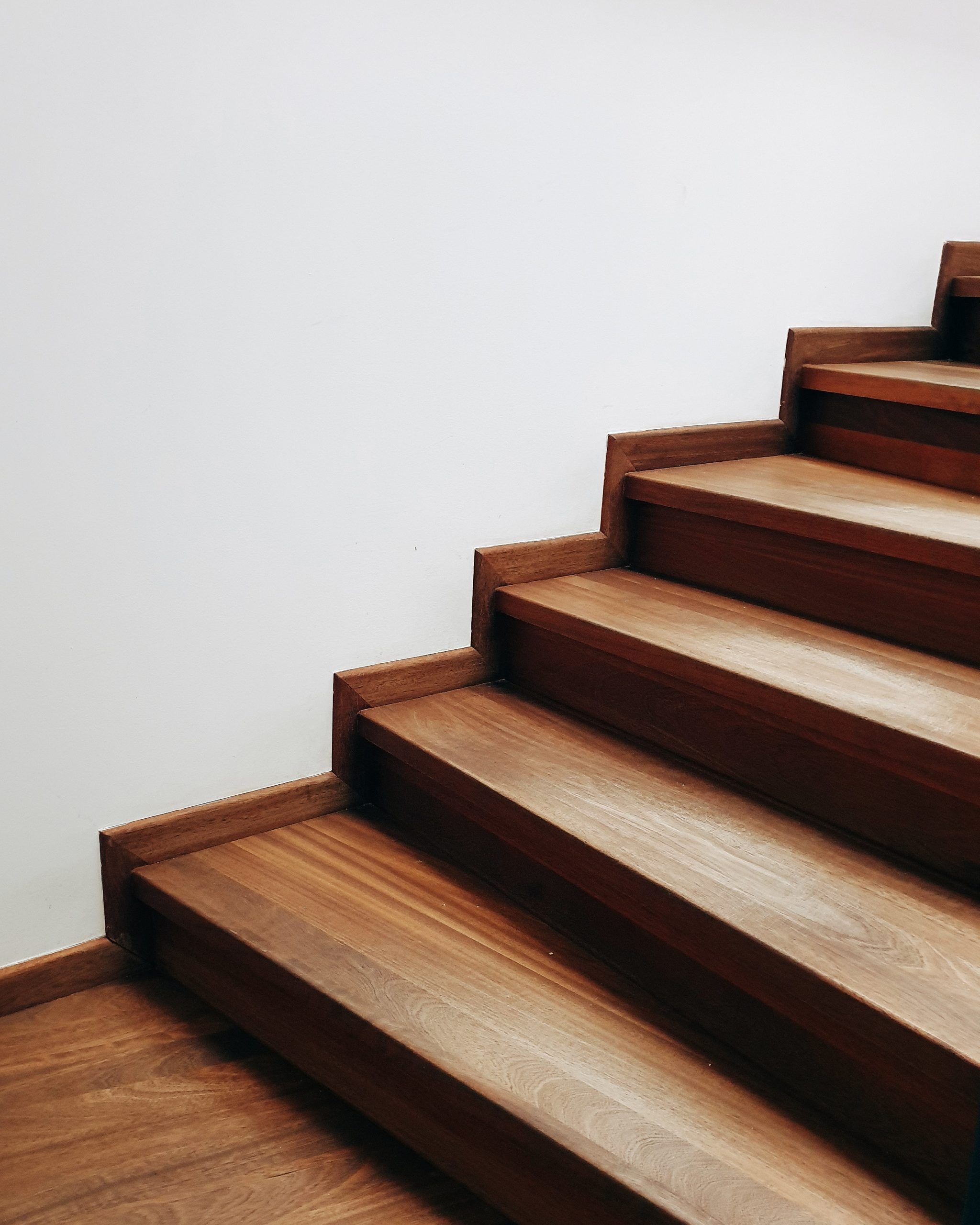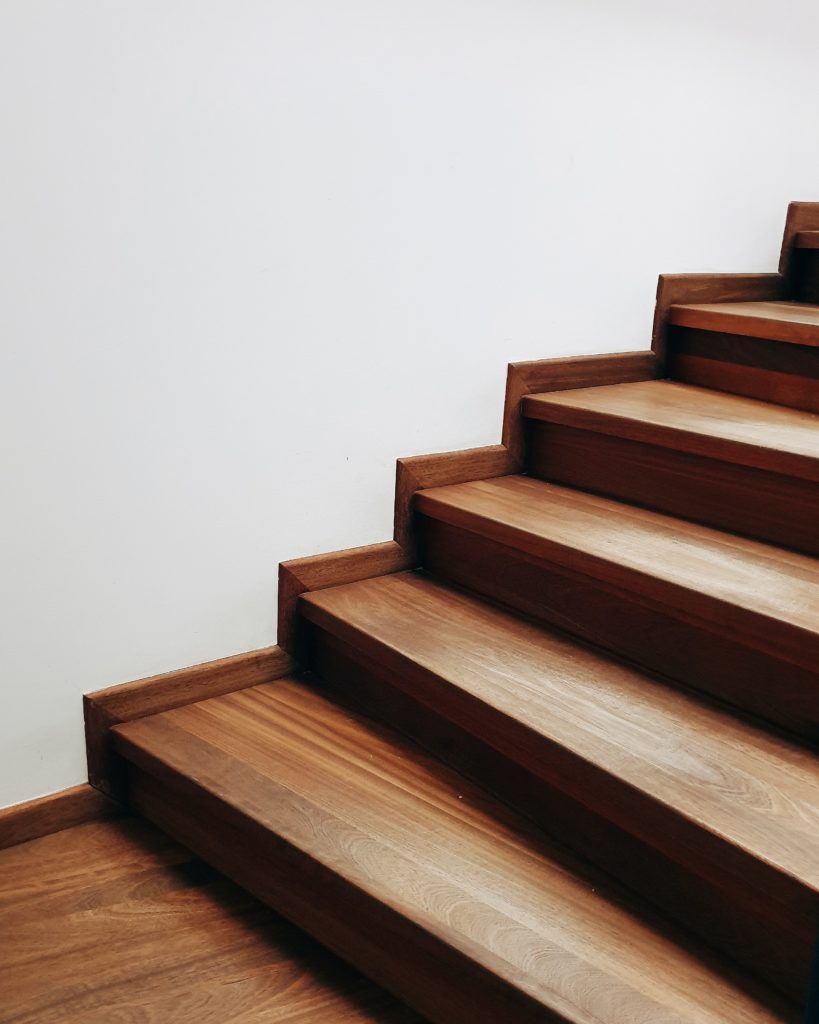
How Hard Is It Really to Build a Second Story on an Existing House?

To cut right to the chase – it’s not simple, but it is doable. It is a big job, will increase your property value, and will require significant time and financial commitments. It’s important to know what you’re getting yourself into before you decide this is the best option for your family and your home.
Maintain Your Footprint
Building up rather than out has the benefit of maintaining your home’s footprint. You won’t have to worry about building restrictions related to property lines since your structure won’t be any closer to any boundaries than it is already. However, you will still need to determine if your neighborhood has zoning restrictions placed on total square footage, or overall height.
Adding rooms usually requires pouring a new foundation. When you choose to add a second story in most cases you won’t have to do that, but your existing foundation may need to be reinforced to support the additional weight. A structural engineer will need to be brought in to evaluate the current foundation to determine how much extra support is needed, and how to achieve it.
Things to Consider
If you’re planning to add square footage to your home part of the planning process is determining the costs involved. When building on a second story expect to pay more per square foot than you would on new construction. There are a lot of factors that play into the price per square foot, but in the case of an additional second story a significant portion of the cost is in the demo that has to happen before the new build can begin. Pro-tip: You will get more bang for your buck adding a full second story than you will a partial one.
You will almost certainly need to figure in the cost of renting somewhere to live during most, if not all, of the renovation process. This is major construction and will create too much dust and debris for your family to be safe and comfortable throughout the process. If your project is the exception to this rule and you will be staying in your home request that the crew construct a temporary set of exterior stairs to make things go smoother.
Speaking of stairs, you will need to work with your designer and contractor to determine where your new stairs will be. This will require some space to be taken over in your new downstairs area. One option is a spiral staircase which not only looks very cool, but also takes up less space.
It is important to have a team you trust. Being open to ideas brought up by your designer can save you money as well as improve your build and exceed your expectations. Give us a call – we love to work on unique projects!
